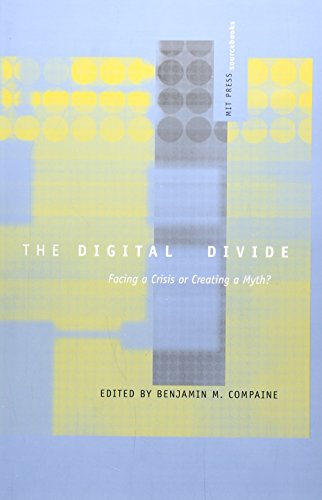

Most ebook files are in PDF format, so you can easily read them using various software such as Foxit Reader or directly on the Google Chrome browser.
Some ebook files are released by publishers in other formats such as .awz, .mobi, .epub, .fb2, etc. You may need to install specific software to read these formats on mobile/PC, such as Calibre.
Please read the tutorial at this link: https://ebookbell.com/faq
We offer FREE conversion to the popular formats you request; however, this may take some time. Therefore, right after payment, please email us, and we will try to provide the service as quickly as possible.
For some exceptional file formats or broken links (if any), please refrain from opening any disputes. Instead, email us first, and we will try to assist within a maximum of 6 hours.
EbookBell Team

5.0
108 reviewsThe Digital Divide refers to the perceived gap between those who have access to the latest information technologies and those who do not. If we are indeed in an Information Age, then not having access to this information is an economic and social handicap. Some people consider the Digital Divide to be a national crisis, while others consider it an over-hyped nonissue. This book presents data supporting the existence of such a divide in the 1990s along racial, economic, ethnic, and education lines. But it also presents evidence that by 2000 the gaps are rapidly closing without substantive public policy initiatives and spending. Together, the contributions serve as a sourcebook on this controversial issue.